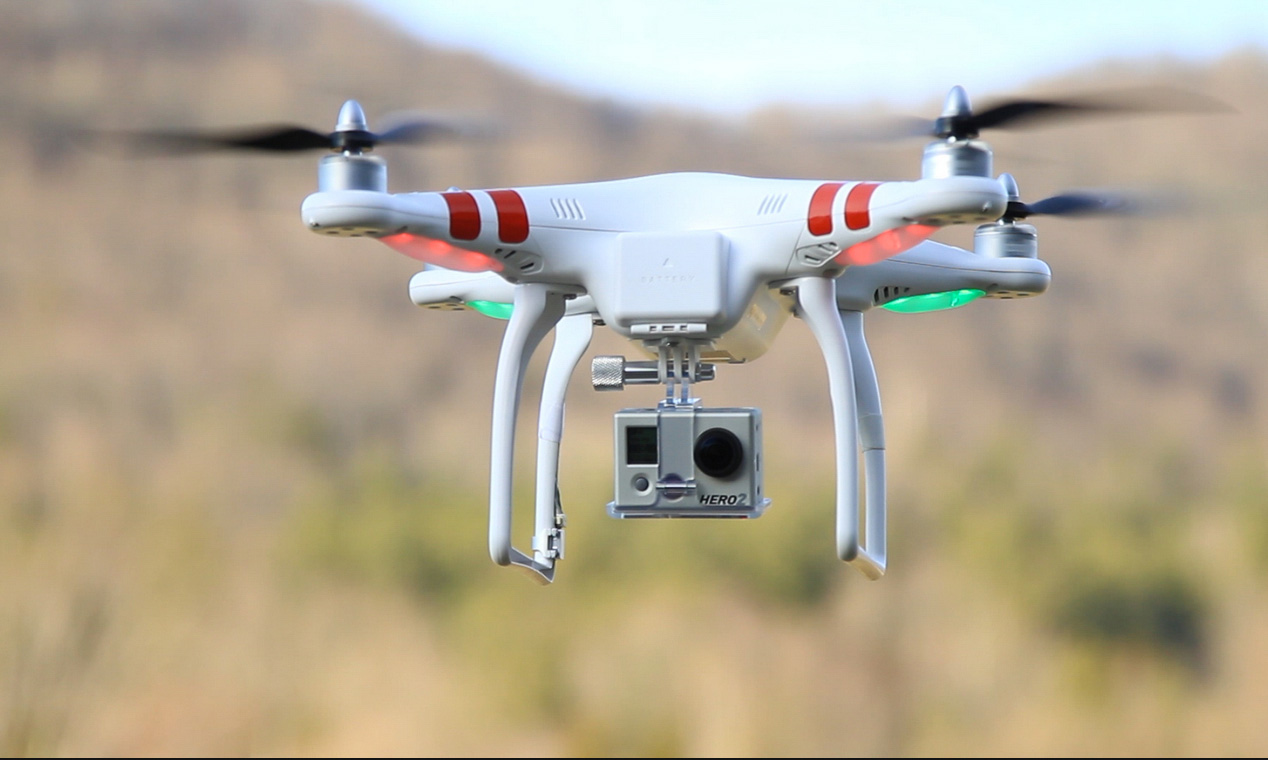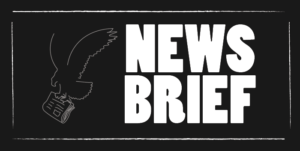Novelty gadgets took flight this year, skyrocketing to the top of gift lists and becoming a regulatory problem.
Drones, most often camera-equipped quad-copters, are at the top of the hottest items in 2015, with consumers ready to buy and businesses ready to sell them and use them for delivery.
Junior Colten Sikes said he bought a drone last year for creative purposes to enhance his video and photography.
“It gives me a different point of view that a lot of other things can’t get,” Sikes said. “And also, that point of view can create a story or a transition that other things can’t do. It allows me to go places that nothing else can go.”
Karsten Winegeart, videographer for Oklahoma Christian University’s marketing department, said he invested in drone technology over a year ago to differentiate himself from other videographers.
“It just adds a different element and angle that you can’t just get from the ground,” Winegeart said. “It opens up possibilities to a bird’s eye view.”
Drones are easy to operate without previous aviation experience, according to Winegeart.
“I’ve never had any background with any remote control airplanes or helicopters, but I was able to pick it up really fast,” Winegeart said. “It’s pretty user-friendly.”
Increased popularity of using drones for aerial video and photographs has left an impact on creative media.
“They’re becoming super popular now, so it kind of bums me out too because it’s not, video-wise, nearly as fascinating because everyone has one,” Sikes said.
Sikes said the increased popularity of drones could have positive aspects though.
“Farmers use them to look at their crops – or like I do creative stuff,” Sikes said. “The more people that have it, is reaching a bunch of different groups of people so you’d be able to get a bunch of different views from different walks of life.”
Negative aspects of more novice users are evident as well, according to Sikes.
“I think if you get a bunch of idiots who don’t know what they’re doing or people that just fly it carelessly that it could cause trouble,” Sikes said. “I saw a video of someone who had attached Roman Candles to it and they were shooting them at each other.”
In 2015, various incidents have occurred in the United States involving these unmanned aircraft: crashing into the White House lawn causing the capital to go into lockdown, knocking a woman unconscious at a city parade, hampering firefighting efforts in southern California and disrupting the US Open – to name a few.
Sikes and Winegeart both said they have been asked before not to use the drones in public areas.
“I got in trouble in Oklahoma City when I was filming for Earn Your Wings,” Sikes said. “I guess there are regulations already in the city. It wasn’t even a height issue; it was just that he said I couldn’t fly it in there. I at least got my shot recorded before he told me.”
Winegeart said some people see drone usage as an invasion of their privacy.
“You have to be respectful of other people’s privacy and stuff like that,” Winegeart said. “If you use it accordingly, it should be OK, but I know that there are people who aren’t considerate of others.”
Federal Aviation Administration Administrator Michael Huerta expects 400,000 drones to be sold this holiday season, according to the U.S. Department of Transportation. The increase in novice pilots of the new technology has lead to intervention by the FAA, including proposed rules for business uses and a registration requirement for consumers.
“I think with new technologies there’s very easy ways to abuse the purpose of it,” Sikes said. “So, with registering it, the person can be caught or punished for abusing what is used for a good purpose.”
Winegeart offered another way to prevent misuse of drone technology.
“I wish they could maybe force people to go through classes and tell them do’s and don’ts of drone usage,” Winegeart said.
The FAA continues to reform drone rules as businesses explore the potential of the drone market as they move to utilize the technology, like Amazon’s newly unveiled delivery drones, which promises 30-minute drone delivery.
“I think it’s cool because I’m a gadget person; so seeing the future unfold is kind of cool,” Winegeart said. “At the same time, there’s a lot more stuff that people don’t necessarily think about. What happens if stuff goes down? Or people start stealing packages and shooting down drones? There’s a lot of room for error if it’s not well thought out.”
Winegeart said Amazon’s use of drones to deliver packages in real-time might not be possible as soon as estimated.
“I think it would be cool to see Amazon care packages and stuff like that; I don’t know how realistic that would be,” Winegeart said. “If it’s computerized, you have to trust the computers to be good enough to do it themselves. But, if there’s a person manning it, then there’s human error. I’m very curious to see how it all plays out.”















Be First to Comment